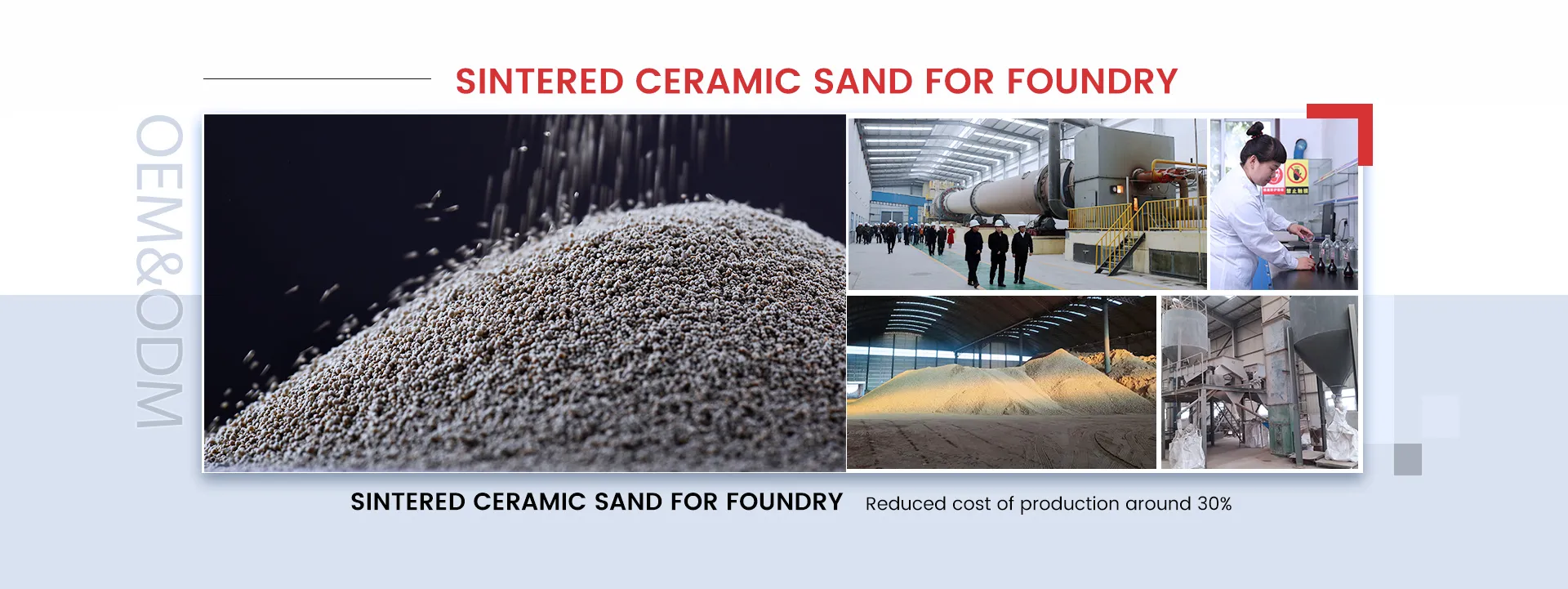The Art of Casting Sand A Fusion of Tradition and Modernity
Casting sand is an intricate and ancient technique that has been utilized for centuries across various cultures
. This process, pivotal in metallurgy and sculpture, involves pouring molten metal into molds made from sand, allowing for a remarkable flexibility and versatility in the shapes and sizes that can be created. Today, casting sand has evolved, blending traditional methods with modern technology, making it a vital practice in both artistic and industrial applications.Traditionally, sand casting began with artisans who would handcraft molds from fine sand mixed with clay and water. This mixture was compacted around a model, often made of wood or metal, to create a negative imprint. Once the mold was formed, the artisan would carefully remove the model and pour molten metal into the void. After cooling, the sand was broken away to reveal the finished product—smooth and intricately detailed.
One of the significant advantages of casting sand is its ability to accommodate complex shapes. Unlike other mold-making processes, which may require specialized equipment, sand allows for a more forgiving and adaptable crafting experience. This unique feature has made sand casting popular among artists and manufacturers alike, enabling them to bring their creative visions to life with relative ease.
casting sand

In contemporary applications, the introduction of computer-aided design (CAD) has revolutionized the sand casting process. Artists and engineers can now create highly detailed digital models, which can be translated into sand molds with precision. This digital evolution ensures a higher quality of work while reducing material waste and production times. Innovations such as 3D printing have further enhanced the capabilities of sand casting, allowing for rapid prototyping and the ability to create intricate designs that were once impossible.
Moreover, sustainability has become an essential aspect of modern casting practices. Many industries are now seeking eco-friendly alternatives, and some have turned to reclaimed sand or waste materials to produce molds. This not only minimizes the environmental impact of sand extraction but also supports a circular economy.
In conclusion, casting sand remains a beautiful intersection of art and technology. Whether in the realm of fine arts or industrial manufacturing, this age-old technique continues to inspire and innovate. As we embrace new technologies and sustainable practices, the future of sand casting looks promising, ensuring that this cherished craft will endure for generations to come.
Post time:Сеп . 22, 2024 23:29
Next:steps of sand casting
